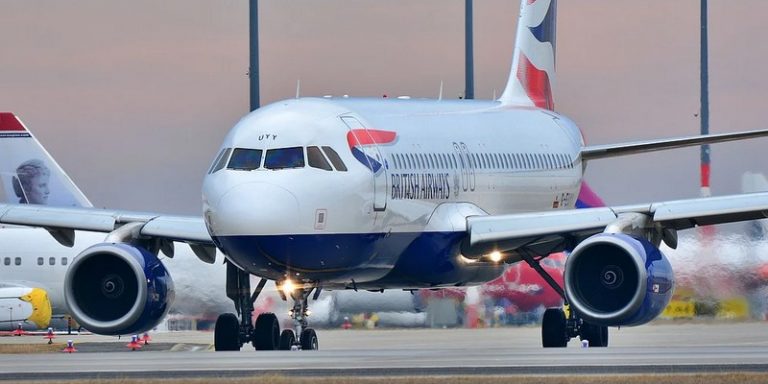
As part of a partnership between the start-up Safety Line and Inria, researchers from the French national institute for research in computer science and control will be called upon to exploit the data recorded by aircraft during their commercial flights. In order to reduce the consumption of kerosene by aircraft, a model has been developed to optimize flight plans in this sense. Machine learning and complex data analysis are at the heart of the project.
Inria and Safety Line: partners for over five years
Five years ago, the start-up Safety Line and Inria launched the Inria Innovation Lab OSCAR (OptimiSation of Consumption for AiRplanes), a laboratory aimed at improving the development of the OptiClimb software suite. These tools enable airlines to program their flights more easily and to monitor operational performance.
In 2020, the two institutions proposed Perf-AI in response to the CleanSky call for projects of the European Horizon 2020 program. The objective was to propose a response to the challenges of reducing the energy consumption of airliners. Two researchers, Vincent Vandewalle, lecturer in mathematics and statistics at the University of Lille, and Florent Dewez, postdoctoral fellow at Inria Lille – Nord Europe, supported by the entire MODAL (Models for Data Analysis and Learning) team, developed a tool to meet this major challenge.
Machine learning and complex data analysis
The researchers, supported by Safety Line, have developed a method for analyzing flight data to optimize and improve the aeronautical performance of commercial aircraft. The model uses machine learning and is trained on the large amount of data that black boxes can produce. The aircraft data was retrieved from the Quick Access Recorder (QAR), which stores a large amount of information about the aircraft’s behaviour.
With these data, about twenty variables were exploited: flight speed, altitude, fuel consumption, engine power, air temperature, angle, atmospheric pressure, etc.
At present, these data are only rarely used by manufacturers, although they could be a mine of information for understanding how aircraft work and improving their performance, particularly in order to reduce fuel consumption. This is why Vincent Vandewalle wanted to work with the MODAL team:
“The Modal team is specialized in the analysis of data describing, for example, the evolution over time of complex entities, such as a distribution network or a hospital service… or even industrial machines”
A digital model to reduce kerosene consumption
In the course of their research to design this model, several factors had to be taken into account: understanding the physics of flight, choosing the relevant parameters in order to describe the behavior of the aircraft, analyzing thousands of trajectories, developing algorithms that use fewer computational resources, etc. Florent Dewez states:
“The methods we worked on are mostly well known in the academic world, but, to our knowledge, their application to problems in the aeronautical sector is a first!”
The technique developed with the help of Safety Line is currently being evaluated by industrialists in the aeronautical sector. They hope that the model will be able, in the medium or long term, to reduce pollutant emissions or energy consumption of aircraft. Vincent Vandewalle points out that the tool they have created could also be used in other areas:
“Our approach, which is currently being evaluated by aeronautics manufacturers, is general. It will undoubtedly benefit other sectors! In fact, we are already in contact with players in the health sector… or with ocean racing teams, interested in their application to the optimization of marine routes.”
From now on, Safety Line will have to transform this theoretical model into an optimized and operational tool for aircraft. With this platform, aircraft could save up to 83kg of kerosene on each climb.
Translated from Le défi de Safety Line et d’Inria : un outil numérique afin d’économiser du carburant pour les avions









